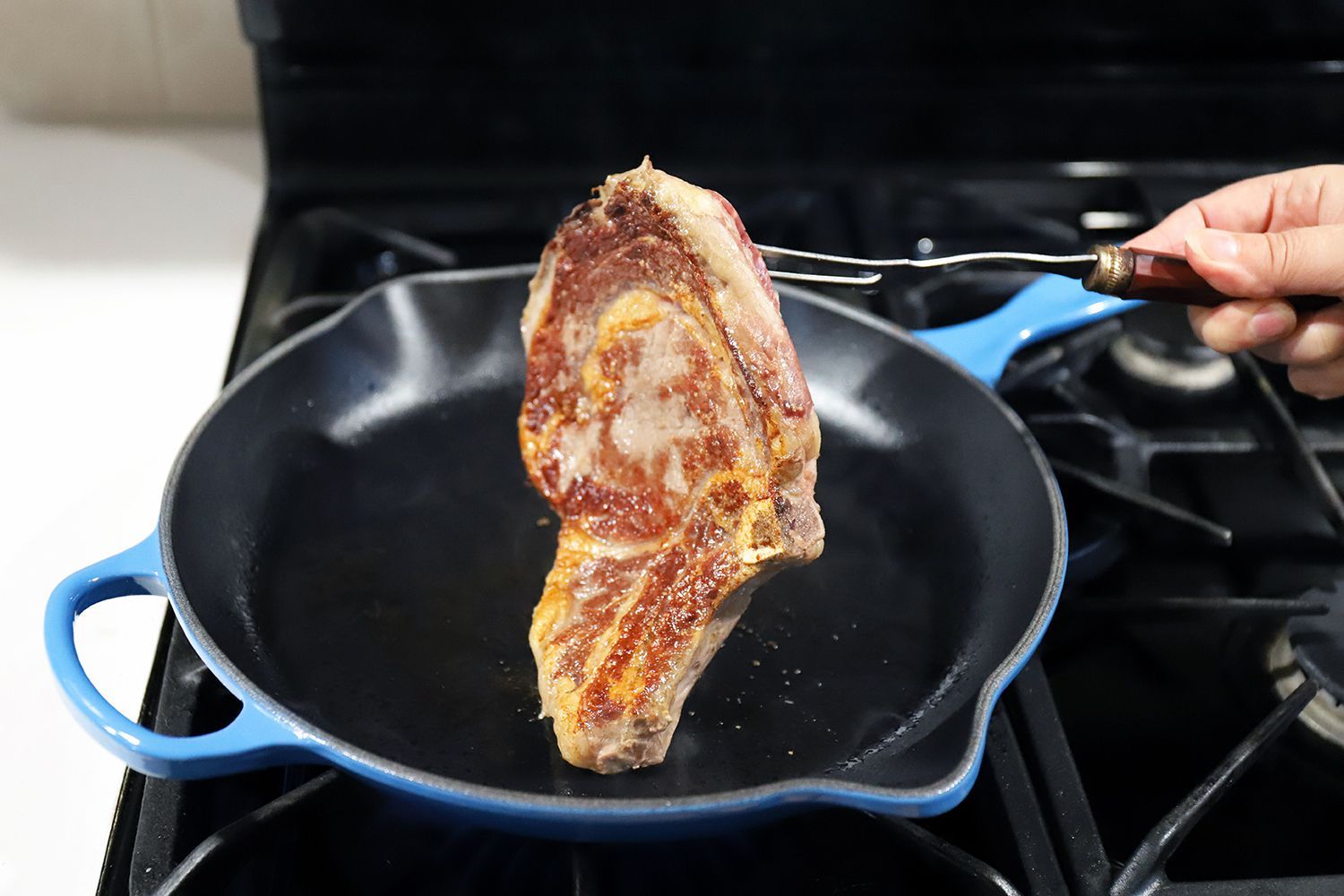Cooking with a skillet can add tremendous flavor to your dishes, but it also often leaves you with excess fat and grease that you need to drain. Knowing how to drain fat from a skillet efficiently can make your cooking experience both healthier and more enjoyable. Let’s explore some highly approved methods that kitchen professionals swear by.
In this article, we will cover everything from the basics of draining fat from various types of skillets to advanced techniques and tips. By the end of this guide, you’ll be delighted with your newfound skills. So, let’s dive in and make your skillet cooking experience even better!

Why Draining Fat is Important
Health Benefits
Draining fat from your skillet isn’t just about making your food less greasy; it’s also a matter of health. Excess fat can contribute to heart disease, obesity, and other health issues. Removing it can make your meals healthier without compromising on taste.
Aesthetics and Texture
Overly greasy food is often unappealing and can ruin the texture of your dish. Properly draining fat ensures that your food looks as good as it tastes.

Types of Skillets and Their Challenges
Cast Iron Skillets
Cast iron skillets are a favorite among kitchen professionals due to their even heating and durability. However, draining fat from them can be tricky because they retain heat for a long time.
Non-stick Skillets
Non-stick skillets are easier to handle, but their coating can make it difficult to drain fat without making a mess.
Stainless Steel Skillets
These skillets are versatile and relatively easy to clean, but the problem of excess fat remains an issue.

Basic Methods for Draining Fat
Using a Spoon or Ladle
A spoon or ladle can be used to remove fat carefully from the skillet. Simply tilt the skillet to one side and gently scoop out the fat. This method is simple but effective.
Paper Towel Method
If you’re in a hurry, you can use paper towels to soak up the excess fat. Place the paper towels in the skillet and let them absorb the grease. Be cautious as the skillet will be hot.
The Tilt-and-Pour Method
This method involves tilting the skillet and pouring the fat into a container. Ensure you’re using a heat-resistant container to avoid any accidents.
Advanced Techniques
Using a Fat Separator
A fat separator is a kitchen tool designed to make the process easier. Pour the contents of the skillet into the separator. The fat will rise to the top, allowing you to pour off the clear liquid from the bottom.
Cooling and Skimming
Let the skillet cool slightly so that the fat solidifies. You can then skim off the solidified fat with a spoon or spatula.
Using a Basters
A baster can be an excellent tool for removing fat from a skillet. It allows you to suck up the fat and transfer it to another container easily.
Prevention Tips
Using Leaner Meats
One way to minimize the fat you have to drain is by using leaner cuts of meat. This will naturally reduce the amount of fat in your skillet.
Pre-Draining
Before adding meat to your skillet, you can pre-drain it by placing it on a rack to let excess fat drip off.
Cleaning Up After Draining Fat
Disposing of Fat Properly
Never pour fat down the sink as it can cause blockages. Instead, pour it into a heat-safe container and dispose of it in the trash once it solidifies.
Cleaning the Skillet
After draining the fat, make sure to clean your skillet thoroughly. For cast iron skillets, you may need to re-season them to keep them in tip-top shape.
Learning from the Experts
Chef’s Tips
Professional chefs often have their techniques for draining fat efficiently. Following their advice can offer you new insights and make the process easier.
Using Technology
Modern kitchen gadgets can also help you drain fat more efficiently. From specialized spoons to electric fat separators, technology has brought tremendous advances in kitchen tools.
Conclusion
Knowing how to drain fat from a skillet is a valuable skill that can improve the quality of your cooking and make your meals healthier. With these tips and techniques, you’ll be well-equipped to handle any skillet, whether cast iron, non-stick, or stainless steel.
FAQs
Can I use the same method for all types of skillets?
While some methods work universally, specific techniques may be better suited for different types of skillets. For example, the paper towel method is more effective for non-stick skillets, while a fat separator works well with cast iron.
What should I do with the drained fat?
It’s best to pour the fat into a heat-safe container and dispose of it once it solidifies. Avoid pouring it down the sink to prevent blockages.
How often should I clean my skillet?
Cleaning your skillet after each use is essential, especially after draining fat, to maintain its performance and longevity.
For more tips on maintaining your kitchen tools, visit this Expert Guide.
Learn more about using different types of skillets like cast iron by visiting our Tilt Skillet and maintaining them by checking out our Seasoning Guide.
As an Amazon Associate, I earn from qualifying purchases.
